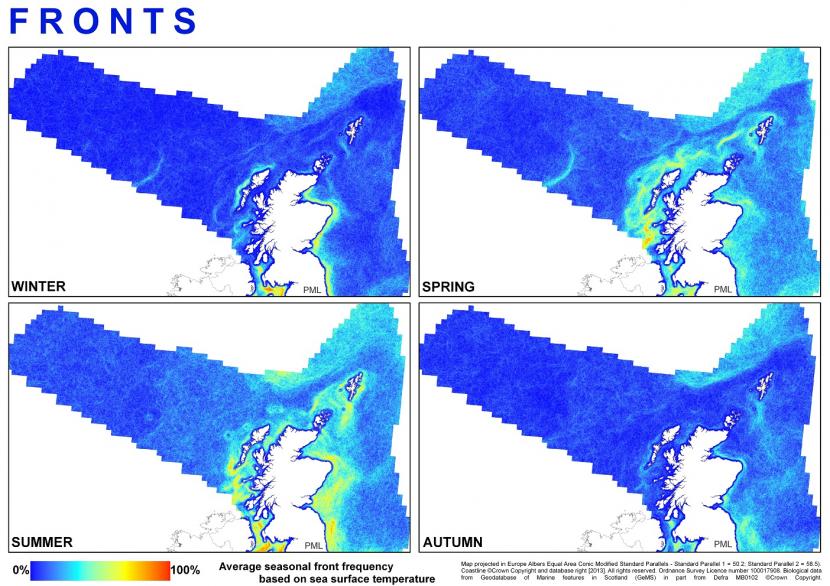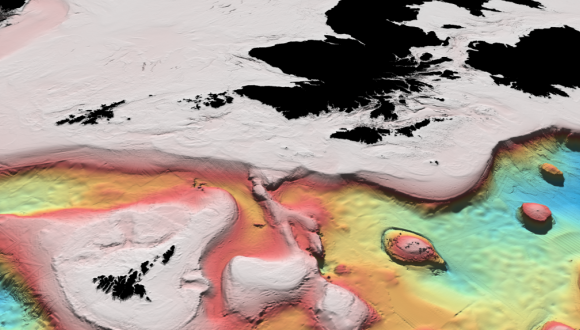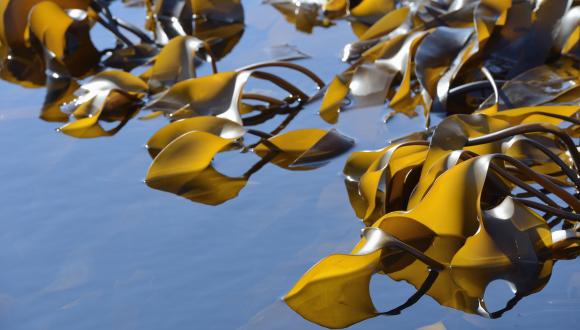Ocean fronts
Introduction
Fronts occur throughout Scotland’s seas and are water bodies rather than seabed features. They are created by the mixing of waters of different origin or through the interaction between oceanic currents and seabed features and they can result in high levels of primary and secondary production.

Average seaonal front frequency based on sea surface temperature.
Special features
Fronts have a variety of special functions:
- An area of water with high abundances of plankton and prey species for marine predators like dolphins, whales and birds to feed upon.
- The circulation and transportation of nutrients, larvae, oxygen and heat within Scotland’s seas and the wider North-East Atlantic Ocean.
- A physical ‘corridor’ in terms of environmental conditions along which marine species congregate and migrate.
Threats
Fronts are not listed as protected features on any other UK or European nature conservation designation and may be at risk to activities which cause large-scale changes to current patterns.
Protection
Scotland’s inclusion of fronts as key biodiversity features of Marine Protected Areas represents an important step towards recognising the importance of large-scale features in wider ecosystem functioning.





